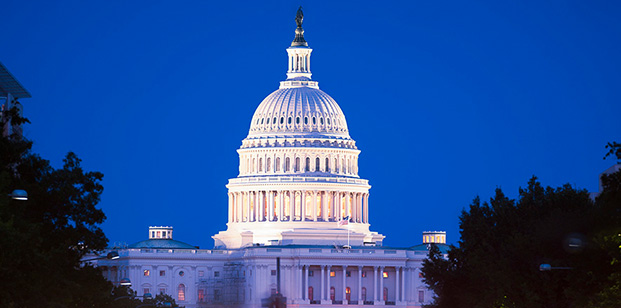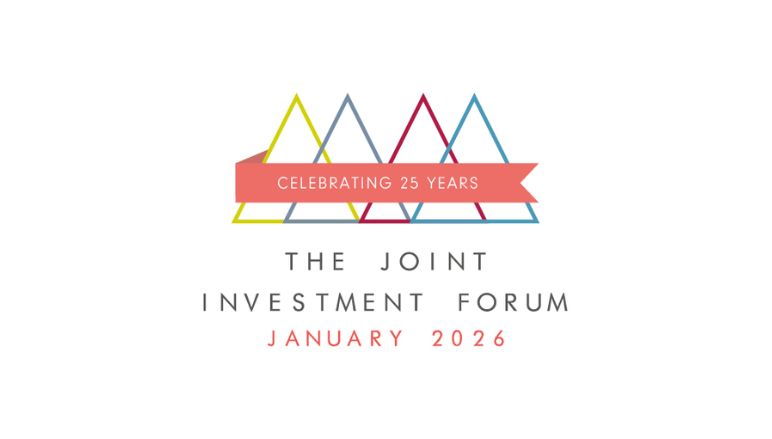Donald Trump’s tariffs have been announced, but the real cost for businesses and the impact on the world economy are still unclear.
- The tariffs were as bad as most economists had forecast, with a universal tariff of 10%, plus additional tariffs for specific countries
- The White House made it clear tariffs could go higher if countries took retaliatory measures or lower if countries removed their own tariffs
- Businesses still face an unpredictable environment and are likely to remain paralysed on investment decisions
Investors hoping for clarity on Donald Trump’s self-styled ‘liberation day’ may be disappointed. While the level for each country and sector is now confirmed, it appears this will be the opening gambit in a series of negotiations, rather than a final outcome. Countries have threatened reciprocal tariffs and a full-blown trade war is still firmly on the table.
The tariffs were as bad as most economists had forecast, with a universal tariff of 10% and then additional tariffs of between 10% and 50% for the 60 “worse offenders” – those countries with whom the US has the highest trade deficit. The EU will receive a tariff of 20%, for example, while China will face 34% tariffs on top of its existing 20% tariffs. Japan and South East Asian countries were also hit hard. There are some selective exclusions, energy and minerals not available in the US, for example, plus copper, pharmaceuticals, computer chips and lumber.
The White House made it clear that this is not the end of it. It said tariffs could go higher if countries took retaliatory measures, but could go lower if “any trading partner take significant steps to remedy non-reciprocal trade arrangements and align sufficiently with the United States on economic and national security matters”.
Businesses still face an unpredictable environment and are likely to remain paralysed on investment decisions. If the tariffs remain, it would involve complex re-routing of supply chains across the world, particularly for certain sectors: carmakers, for example, or consumer electronics. However, those decisions are likely to remain on hold until the final outcome is clear.
A lot will depend on Donald Trump’s appetite for making US citizens poorer. It may be that he has alighted on a miraculous way to regenerate the US, against all economic norms. However, it seems unlikely. The last round of tariff wars did not apparently bring this economic nirvana any closer.
Markets continue to be volatile. Eventually, it may be that investors stop being very concerned about tariffs. If Trump removes them as quickly he imposes them, markets may stop taking his threats seriously. However, that moment feels some way off.
Equally, beneficiaries will emerge at some point. There will be countries – like the UK? – that could attract investment because they enjoy better trading relationships with the US. However, until there is some clarity, those benefits are unlikely to emerge. In the meantime, global businesses will remain in a holding pattern.


















